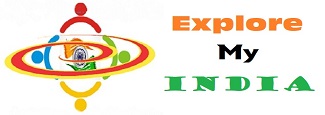Indian System of Medicine a torch bearer to the Humanity
History of Ancient Indian System of Medicine
The science of Indian System of Medicine, like other sciences, was carried to a very high degree of perfection by the ancient Hindus. This is evident even today in various ayurvedic medicines.
 |
|
Medical Instruments of the Hindu Scriptures – Susruta (1000 B.C.E)
enumerates 125 sharp and blunt instruments Surgical instruments
Courtesy: Institute of History and Medicine – Hyderabad, India.
|
Modern European physicians believe that caste separateness was prescribed because of the Brahmin belief in invisible agents transmitting disease; many of the laws of sanitation enjoined by Sushruta and “Manu” seem to take for granted what we moderns, who love new words for old things, call the germ theory of disease. Hypnotism as therapy seems to have originated among Indians, who often took their sick to the temples to be cured by hypnotic suggestion. The Englishmen who introduced hypnotherapy into England-Braid Esdaile and Elliotson- “undoubtedly got their ideas, and some of their experience, from contact with India.”
Recommended for You:
Traditional Medicine: The Indian Ancient System
Types Of Rudraksha And Its Benefits: A Critical Study
Ancient Hospitals:
Holwell’s detailed account, not only describes inoculation but also shows that the Indians knew that microbes caused such diseases.
Indian System of Medicine or Ayurveda or the Veda of Longevity:
US medical schools to teach Indian System of Medicine, Ayurveda:
Veterinary Science in Ancient India:





